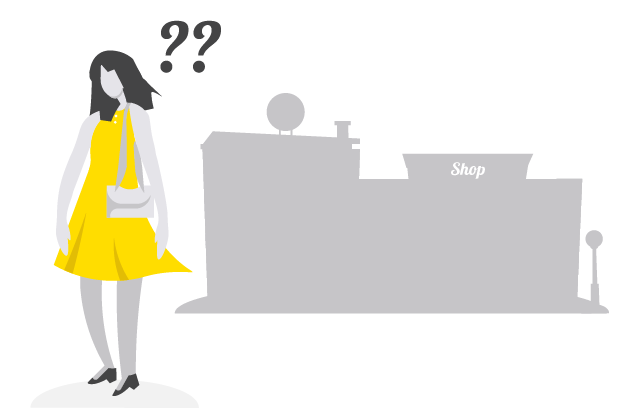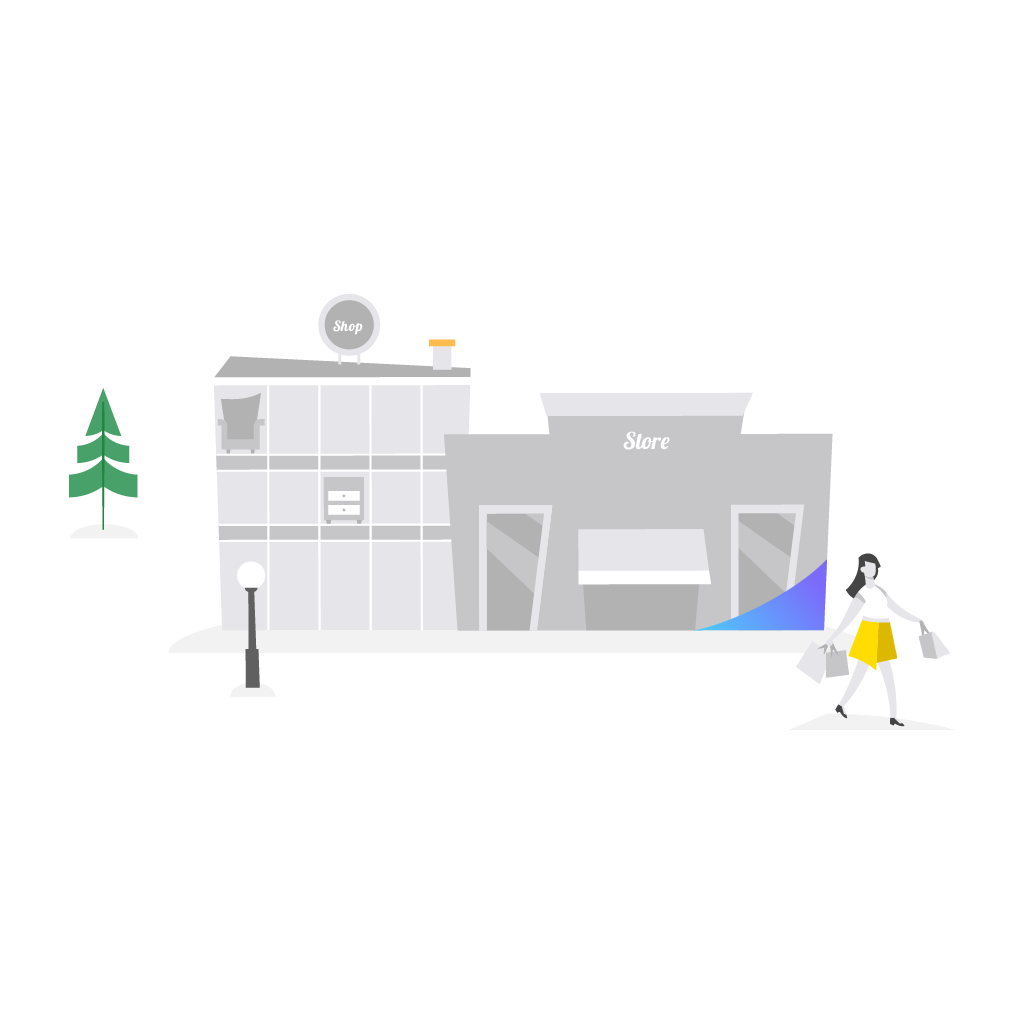Halfords
Halfords is a leading UK motoring and cycling retailer. Halfords’ area managers were using emails, spreadsheets and even paper notepads to keep track of hundreds of important details. . The lack of a standardized procedure wasn’t contributing to a consistent customer experience across the store network.
“We needed consistency across the entire organisation and across our 455 shops. Consistency starts at the store level.” says Louise O’Keeffe, Head of Retail Support at Halfords. “For area managers, the desire is there to have more consistency in the way store visits are done.”
With their area managers’ collaboration, Halfords streamlined their store visit procedures in an app, empowering area managers to focus their time where it makes the most impact. Engagement and collaboration since then has skyrocketed.
Read more about how Halfords transformed their store visit procedures here.
Peugeot
Peugeot had a goal - to be the best high-end generalist car brand. They knew they couldn’t achieve this goal without a flawless customer experience across their dealership network.
However, audits were complicated and time-consuming for Peugeot’s 100 zone managers. “This used to be done manually, and as a result, often was not done properly,” says Benedicte Rebotier, Service Quality Manager. “Before, it would take zone managers an hour and a half to write the report, take pictures and compile it into a PowerPoint presentation that they could send to the different teams.”
By using an app to fully digitize audit procedures, Peugeot’s zone managers slashed the time required to complete an audit to only 20 minutes. The result? Increased compliance with brand and operational standards, and the customer experience they were looking for.
Watch their story here:
King Jouet
Leading French toy retailer King Jouet knew store teams were key to improving their customer experience - and differentiating themselves as a retailer. “But to make a difference with our store teams, we needed to help them save time,” says Bertrand Veillault, Retail Director. “ We were using a lot of different systems, and it was very time-consuming to gather data for both the store and regional managers.”
Head office had no visibility into how well promotions and campaigns were performing in each store - or if they’d ever been implemented at all.
Digitized store visit procedures saved King Jouet’s area managers up to 2 hours per store visit, and gave the entire organization the boost they needed to achieve operational excellence across their 240 stores.
Watch their story here:

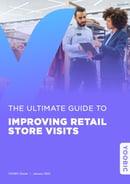










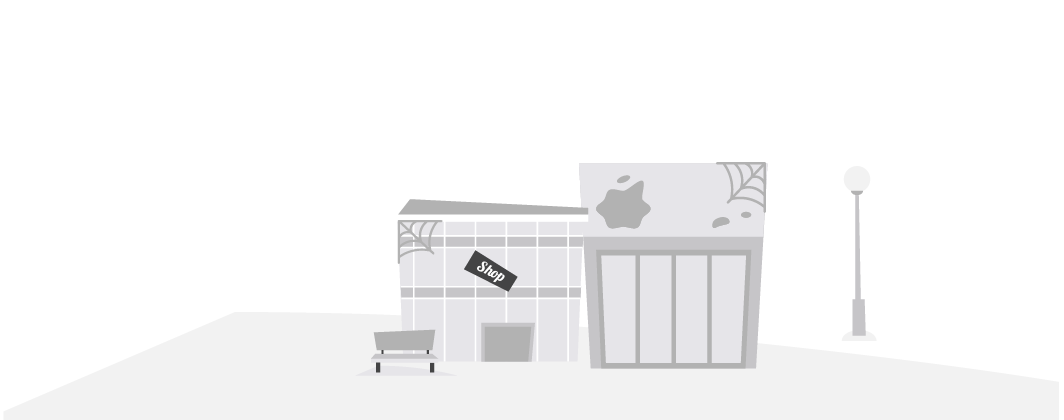
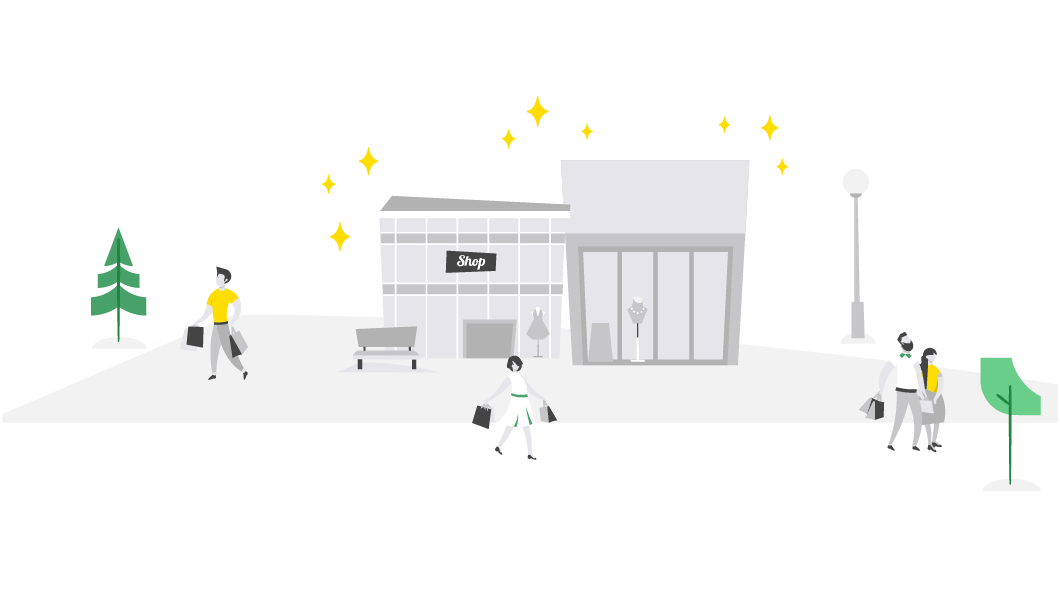


.png?width=82&height=200&name=Store-Manager-01%20(1).png)
